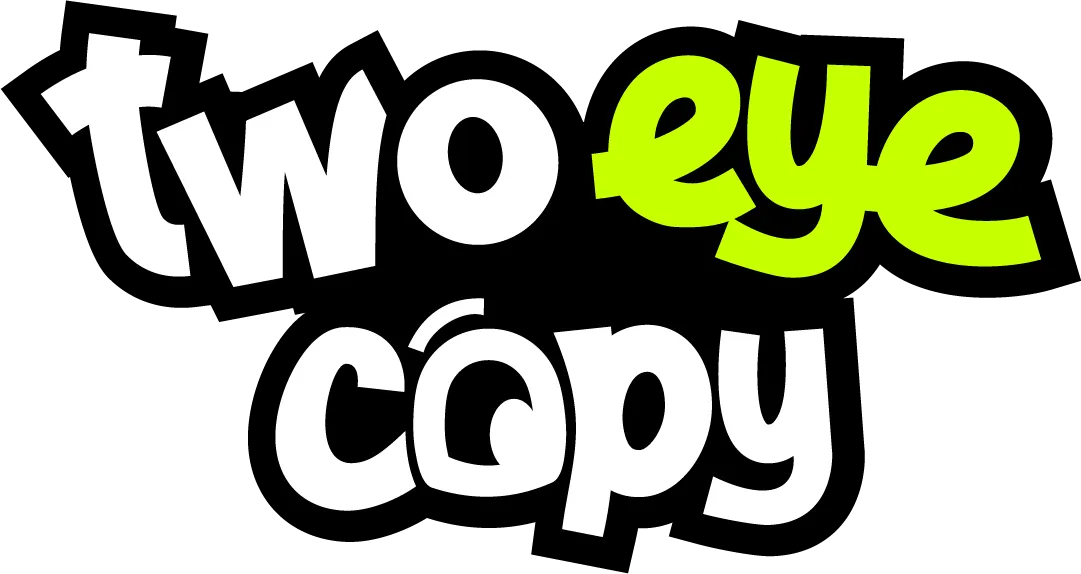

How Not To Write a Controversial Post
Making Marketing Make Sense
Polarity either sells, or repels.
As a brand, you absolutely can create polarizing content and be hugely successful. But you gotta do it right.
What does "right" mean?
Not what you might think.
It's not about carefully curated words or testing the waters or simular strategic stuff. It's about setting up clear expectations way ahead of time, being transparent, and not blindsiding your friggin' audience.
This week two huge brands with loyal followings said some very strong things.
The first - Penzeys Spices. To "welcome" RNC visitors to Milwaukee they put up window signs deriding "fake electors" and billboards saying “Remember Remember January 6th this November!” They also added cheeky commentary to their product listings and packaging, were provocative on social media, and their CEO sent all sorts of spicy anti-Trump emails to their customers.
Following the assassination attempt on former president Trump, the second brand, Sticker Mule, also sent an email to its entire customer list. This too was written by the company's CEO and it also took a clear side: supporting Trump and asking people to shelve their attacks on his supporters.
Penzeys' support skyrocketed. Sticker Mule's tanked.
Why?
Penzeys has built an entire brand on its political leanings and has always been ultra-transparent about them. You cannot interact with the company and NOT know what they stand for and against. All this messaging was 100% on brand for them.
Up until this point, however, Sticker Mule’s customers didn't know its CEO's name and had no clue he was a Republican let alone enthusiastically pro-Trump. Their content has never taken a position...not even a whiff or a hint. So this was definitely NOT on brand.
And Sticker Mule customers felt violated, ambushed, and manipulated.
This is a CLEAR example of why it is CRITICAL to create a playbook of what you stand for and against as a brand. What you will or will not speak on. And then refer to it.
So that you don’t blindside your customers with something that feels like a gut punch and drives them away in droves.
Being on brand matters.
How Do You Make Sure Your Marketing Is Always On Brand?
Every business should have a brand guide—even if you are a business of one. Some folks call this a brand voice guide, others a brand style guide, others a brand roadmap. It doesn't really matter what you call it, as long as you create it.
What goes into a brand style guide?
How complex you get with a brand guide really depends on the nature of your business. At the very least it should cover your company mission and vision, your company values, and your company voice and tone. There should be a comprehensive description of your ideal customer, their values, and their perceived identity. You might want a section on standards for weights and measures (inch, in, or " for example), another for abbreviations (is approx. ok or should it always be spelled out?), and yet another on blog titles: should they be in title case or sentence case?
Brand guides also cover things like logo use and applications, fonts and colors, and visual elements. How should graphics for Instagram be created? What should reel covers look like?
There are lots of other things to document in brand guide too – like what topics you should and should not talk about in your marketing. Whether it's ok to use profanity or not. Or whether social media is carte blanch but customer emails are hallowed ground.
Creating a list of content topics
At my last job, where as senior copywriter I was charged with being and safeguarding the voice of the company, I started getting pushback from a risk-averse CEO around certain topics. So we sat down, doubled down on our mission, vision and values, and created a comprehensive document that categorized topics into three buckets. Brand-relevant, brand-adjacent, and brand-irrelevant.
We took everything from climate change and #metoo, to reproductive rights and #blacklivesmatter. When you do this for your own company, the relief and clarity it brings is transformative.
Suddenly thoughts like "major brands are denouncing XYZ, what's our position, when do we say something, how do we say it!?" become simply "is this a topic we speak out on or leave alone?" It takes 30 seconds to look it up in your brand guide. If it's not in your brand guide, do the bucket sorting exercise for it. Then add it to the appropriate list for the future!
Don't want to DIY It? Or have the capacity to tackle this in-house?
Book a call and let's talk it through!
Grow your email list with integrity (and a juicy lead magnet!)
Grab this free 5-day mini course today!
Yes! By signing up for this mini-course I understand I will get occasional, ick-free emails from Two Eye Copy to help me keep growing my email list and business!


